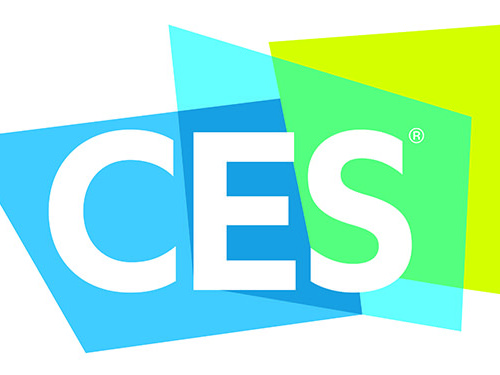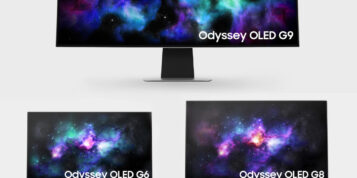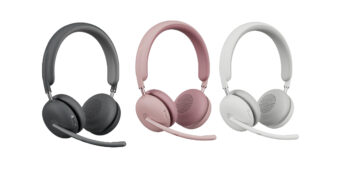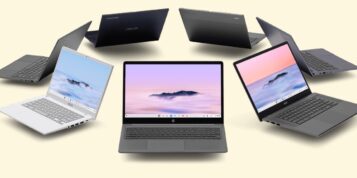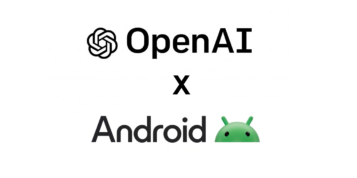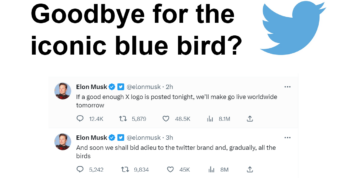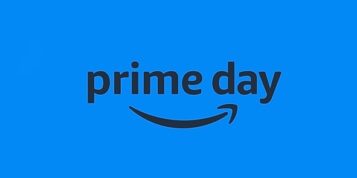This year’s CES was bigger than ever. 180,000 attendees and 20,000 new products launched by 3,600 exhibitors. The sheer scale of the event is unlike anything else in the industry.
While some of the tech can be somewhat frivolous, or at least, not hugely relevant or interesting for advertisers there’s a great deal on show that advertisers need to be paying attention to:
VR and AR offer more immersive experiences
New virtual reality and augmented reality products now offer brands the opportunity to immerse consumers in mind-blowing experiences. At the lower end of the market, the Samsung Galaxy VR offers an affordable introduction to the world of VR.
HTC Vive takes steps to literally place control in the hands of the users, with a wireless joystick allowing interactivity. Motion sensors detect special movement and allow the consumer to move within a small radius. The Oculus Rift is finally launching this year, along with new products such as Leap Motion, and the augmented reality giants Magic Leap and Microsoft HoloLens.
What’s liberating is that this tech can be used in any environment – whether a train station, shopping mall or a venue – to transport people where you want them to go, enabling brands and experiential marketers to provide interactive, immersive storytelling.
In fact, it’s already happening – Posterscope’s experiential agency psLIVE has used Oculus Rift at Waterloo station to transport commuters to the zip line and high wire courses at a newly opened Center Parcs in Woburn Forest, extending the impact of the wider ad campaign in a fun, enjoyable and tactile way.
Content opportunities from video recording devices
Consumer recording devices are becoming cheaper, more mobile and better quality. GoPro disrupted Polaroid, and now Polaroid is disrupting GoPro.
The Polaroid Cube is an amazing little 35mm HD camera that is water proof, durable, high quality, light weight and can be mounted to handlebars, golf clubs….you name it! Ricoh launched the Theta S 360 Camera the size of a small TV remote control that contains two fish eye cameras. Early adopters now have the ability to easily create 360° HD content.
These new devices could offer advertisers an amazing source of high quality user generated content that can be contextualised and curated for any screen including mobile, digital and OOH. Digital inventory and full motion DOOH is in a prime position to become a content platform in and of itself, both for brands to broadcast from and for users to contribute to.
In fact, we’ve already started to see examples of user-generated content being used in camapigns, such as Apple’s ‘Shot on iPhone 6’ and Three’s #HolidaySpam. The new video recorder tech on display could help spur further, more complex UGC campaigns.
The data-rich potential of wearables
Wearable tech is a category that is exploding, with 20 per cent compound annual growth expected over the next 5 years. Often using a smartphone as a central intelligence hub, wearables are becoming more affordable, reliable and relevant.
Intel is pioneering the wearable tech industry by driving down costs and integrating technology into ordinary consumer experiences. The Curie chip (named after Marie Curie) is a tiny processor the size of a button. It’s cheap enough to be mass produced and embedded in just about any consumer item. This one innovation has the power to push wearables into the mainstream.
The Intel Memory Mirror is a device that makes the instore shopping experience digital, interactive and social. It allows the consumer to step in front of the mirror, see themselves in 360°, try on clothes, and see previous try-ons without having to redress. This can create opportunities for advertisers as consumers can be potentially retargeted with personalised content as they move around the shopping mall.
Samsung demonstrated a new watch that doesn’t require a phone as it has its own connectivity. What’s great is that it actually looks like a watch, and not like a science project. High-end smart wearables from Fossil, Swarovski and Tag Heuer also showed that wearable tech can be fashionable.
As connected wearable devices become more widely adopted, advertisers will have greater opportunities to tap into location specific data trails. This will in turn allow greater opportunity to target consumers based on individual needs and behaviours.
It’s also important to remember that data-led OOH planning is absolutely as relevant to classic OOH as it is to digital. What is universally true is that use of richer data delivers better results, and here at Posterscope we have seen some spectacular increases of up to 200 per cent for brand KPIs vs. control areas.
Cars becoming connected devices
Nine automotive OEMs exhibited at CES showcasing their range of semi-autonomous cars. If 2010 was the year the driver was completely in charge, 2015 is when the driver is mostly in charge, 2020 will be when the car is mostly in charge. By 2025-2030… the car will be completely in charge.
We need to see the car as another digital media format. A connected device for collecting behavioural data, and delivering information and media.
Smart in-cabin displays with LTE connectivity and personalised content were a staple of the cars on display at CES. Groupon and Chevrolet have partnered to provide Chevrolet drivers access to Groupon’s entire marketplace of location-specific deals available through OnStar, the brand’s navigation and connectivity service.
As cars begin to produce more data and the digital infrastructure continues to increase, OOH will have a fantastic new opportunity to understand more about who and where consumer audiences are, improving the personalisation and targeting of roadside ad campaigns as a result.
What does this mean for advertisers?
CES highlights three broad implications for the OOH industry.
First, consumers are expecting high quality experiences everywhere, both in and out of home. Advertisers need to continue to up their game with producing high quality, immersive, content-rich experiences. OOH has become so much more than just static inventory. VR is poised to become just as much a part of the OOH ecosystem by delivering quality consumer experiences.
Second, the opportunity from wearable technology will allow a bigger variety of data points that advertisers can potentially tap into.
Finally, digital media will not just be in the formats we’ve come to expect. Anything will be a digitally immersive experience, from cars to changing rooms. Advertisers should think beyond standardised conventional formats and treat any connected device as an opportunity to connect with a human.
